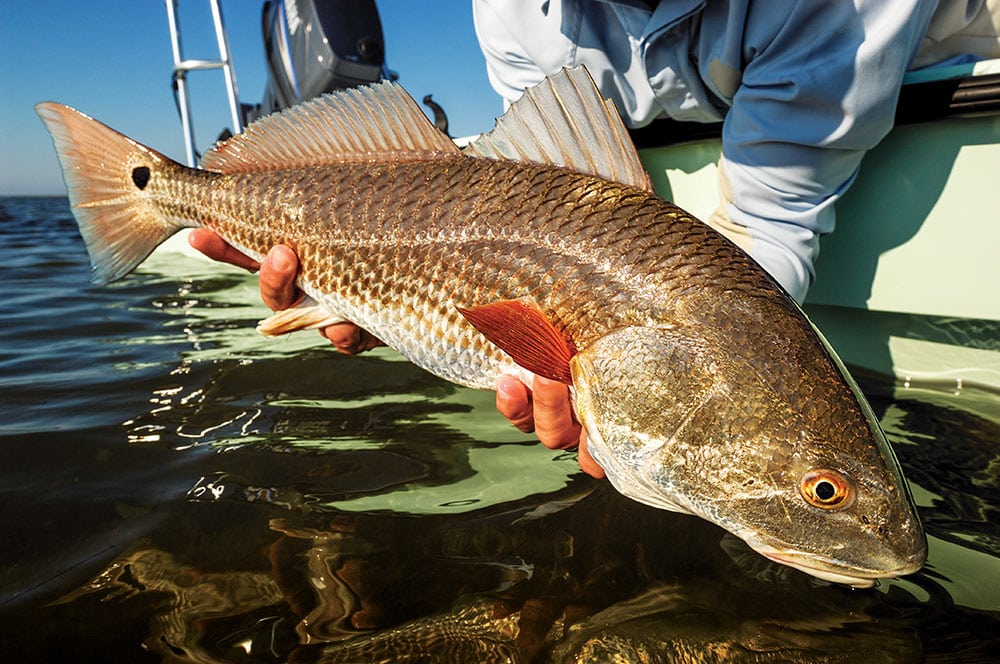
After three hours of trolling without a tuna bite, Capt. Jason Snead ordered the mate to put out the spoon. A few minutes later, we were tight to a bucking yellowfin. When Capt. Gene Quigley can’t convince striped bass to take a topwater plug, he deploys huge bunker spoons and slow-trolls for lunkers.
Redfish won’t bite? Capt. Ryan Lambert resorts to tiny lures and line as light as sewing thread. If the bait shop sells out of crabs, tarpon guru Capt. Bouncer Smith doesn’t worry. He catches live pinfish for bait instead.
Sometimes even sharks don’t want to play. So, San Diego guide Capt. Conway Bowman turns his attention to inshore species.
When Plan A doesn’t work out, pro guides always have a backup plan. Be it changing lures, switching tactics, or targeting a completely different species, these guys are ready to make the call that saves the day.
The same approach serves private anglers well. Tie your day to one specific species and you either win or lose. But having a varied arsenal of tackle — or strategies — allows you to adapt to different quarry and situations. So whenever Plan A falls flat, your odds of making your day on the water a successful one are considerably better.
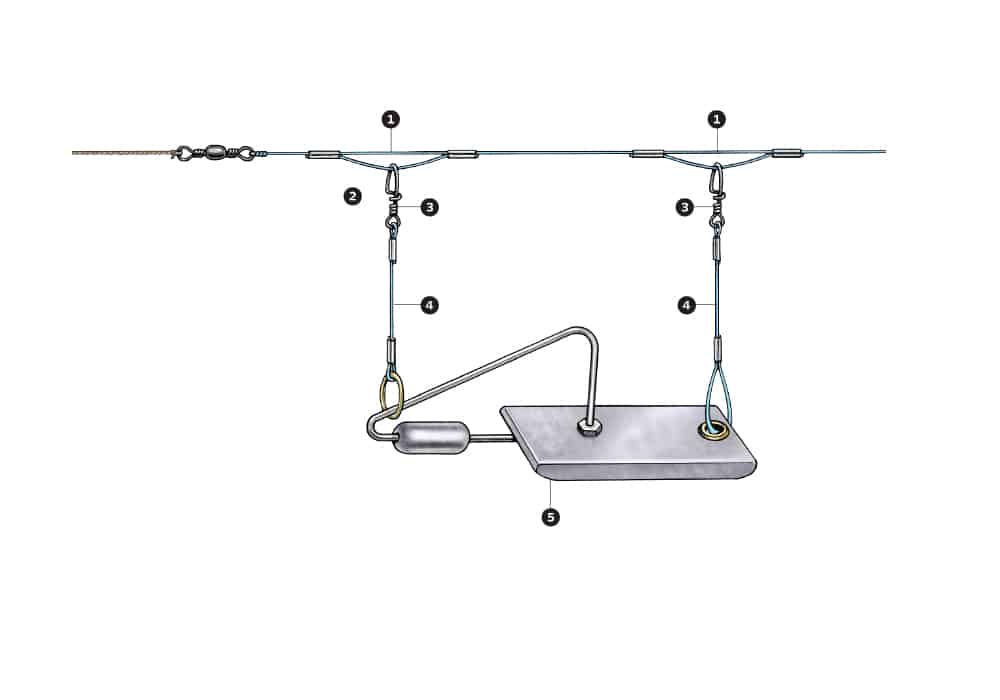
Spoon-a-Tuna
Walk onto any charter boat in Oregon Inlet Fishing Center and you’ll see fishing rods hanging from the ceiling, lining the walls and stuffed into the cabin. In addition to a dozen 50-pound trolling rods, skippers fishing the diverse waters off North Carolina’s Outer Banks pack 80-pound tackle for blue marlin, 30-pound tackle for dolphin, spinning rods for topwater poppers, jigging rods, kite rods, bailing rods and more. “We have to be ready for everything,” Capt. Jason Snead of Dream Girl Sportfishing says. One of the most important rods is dedicated to pulling a planer and spoon. “When we mark tuna deep but can’t get a bite, we put out the planer.” When set up to pull a No. 4 planer and No. 4 Huntington Drone spoon on a 50-pound outfit with a tight drag, the planer allows Snead to troll 6 knots or faster. The spoon and planer are separated by 70 feet of 130-pound monofilament leader. The planer is attached to the leader with a harness. When the angler reels the planer to the rod tip, the mate removes the planer and the angler continues to crank the wind-on leader onto the reel. Snead runs the planer off the right corner rod holder and fills the other spots in his spread with skirted ballyhoo. “Some days the planer rod produces the only bite we get,” he says.
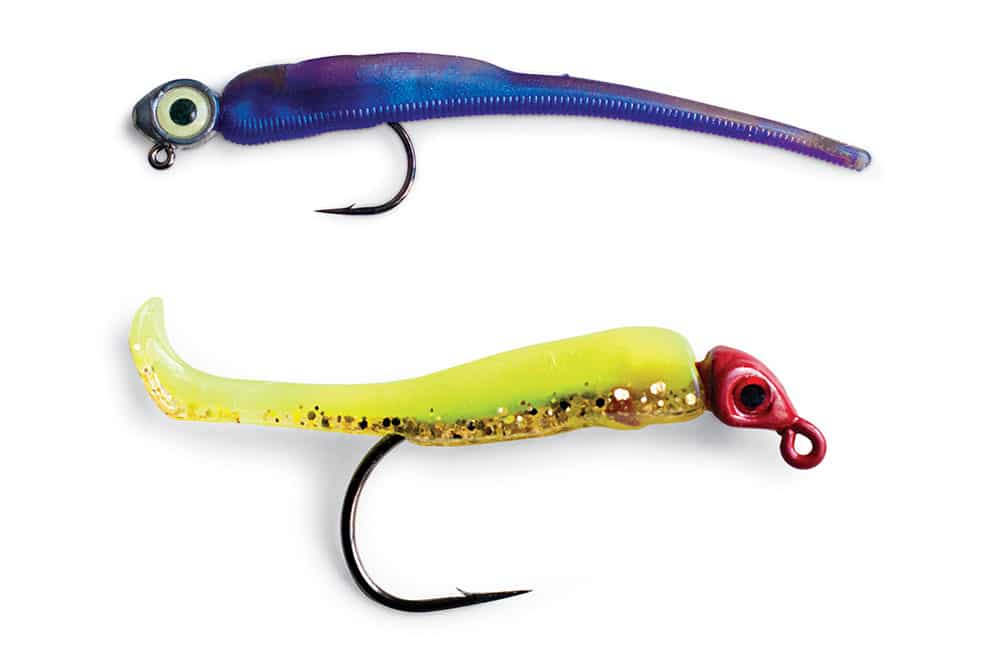
Picky Redfish
“I don’t have a Plan A,” says Capt. Ryan Lambert of Cajun Fishing Adventures, where redfish are always his target. Lambert reads the water and weather and makes his plan when he arrives at the dock each morning. “Since I’m sight-fishing, I can see if fish are there or not.” He can also judge his target’s mood. If he casts at a school of tailing reds and they turn off his 1⁄4-ounce jig head and 5-inch soft plastic, he knows to change his lure. “First, I downsize,” he says.
Lambert switches to a light-action rod and 2500 reel spooled with 12-pound braid. He has been experimenting with Ned rigs, a 1⁄8-ounce rounded jig head and 1-inch floating soft- plastic tail. “I’m catching bull reds on crappie tackle,” he claims.
The jig rests on the bottom with the tiny tail sticking up seductively. The popular largemouth bass tactic has gained Lambert’s confidence. “Bounce the little jig in front of a school of redfish and they can’t refuse it,” he says.
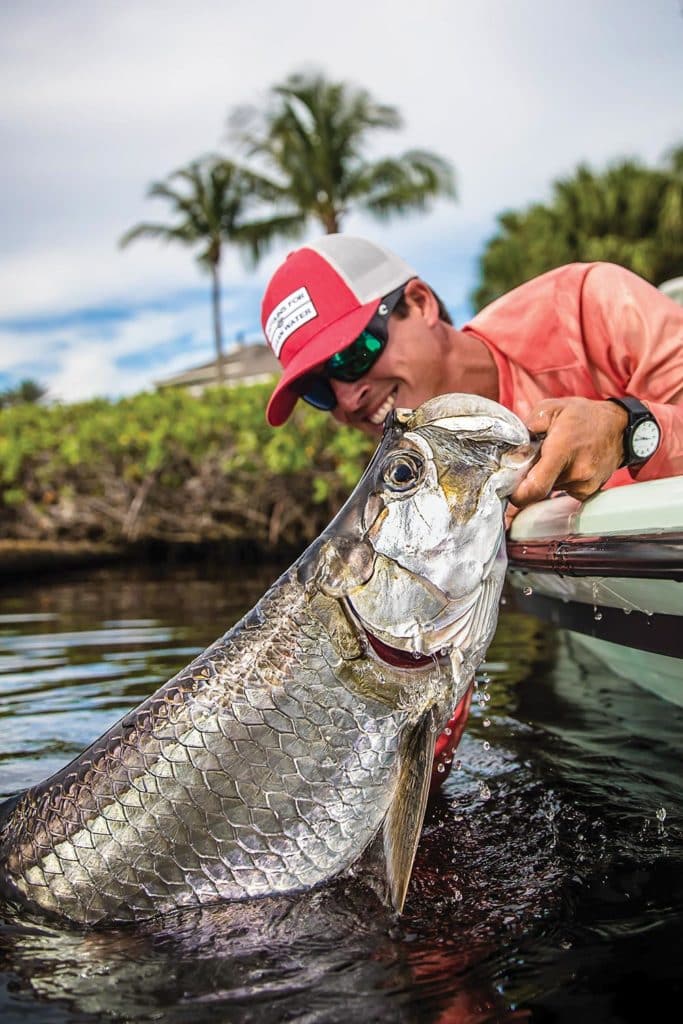
Tarpon Tricks
Capt. Bouncer Smith has 60 years of tricks in his tarpon bag. He laughs in the face of adversity. The first problem: no bait at the bait shop. “Some people would say no crabs, no tarpon,” he says. But faced with a shortage, he catches pinfish, grunts and sand perch on nearshore rock piles. He drops a No. 6 Sabiki rig baited with shrimp. “Tarpon even eat live lizardfish,” he explains.
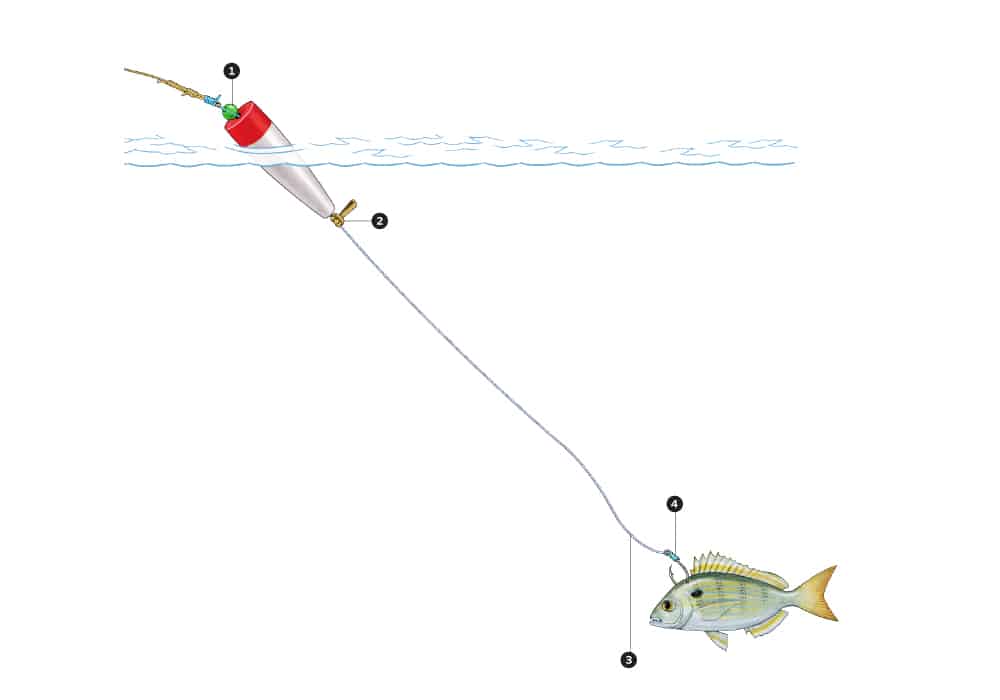
Smith hooks the live bait in front of the dorsal fin with an 8/0 VMC non-offset circle hook. “I use a non-offset hook to ensure I hook the tarpon in the corner of the mouth, which protects the leader from abrasion,” he explains.
Smith drifts the baits along the beach, letting the wind carry him from shallow water to deep, or deep to shallow. If the wind dies, he uses a float rig to keep the baits suspended off the bottom. He uses a rubber band to pin a sailfish float 12 feet above the hook. Rain or shine, wind or calm, Smith runs tarpon trips every evening. “Fishing from 5 p.m. until 9 allows us to cover daylight to dark,” he explains. “If there is a tarpon in the area, it’s going to bite at one of those times.”
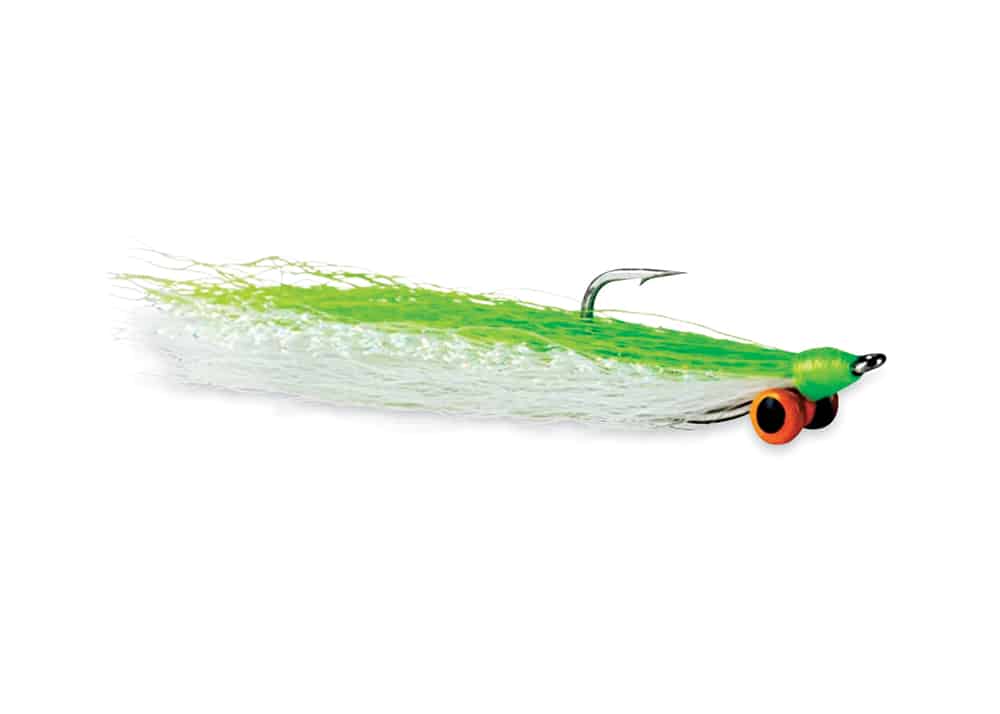
Beware No Sharks
Capt. Conway Bowman is world-famous for besting giant Southern California sharks with fly tackle. But even a man-eater gets full. “Sometimes I can feel we’re going to have a bad day,” Bowman says. When the water cools or big sharks aren’t hungry, Bowman turns toward the beach. “We have phenomenal inshore fishing for yellowtail, barracuda, mackerel and bonita,” he says. Bowman runs to the kelp beds that hug the coast and breaks out lighter 8-weight fly tackle rigged with a sinking shooting-head and a Clouser Minnow or Lefty’s Deceiver. To protect against barracuda teeth, he adds 6 inches of 20-pound single-strand-wire bite tippet. He also packs an arsenal of 20-pound spinning gear armed with casting spoons. Since his primary target is big sharks, he always has chum on board.
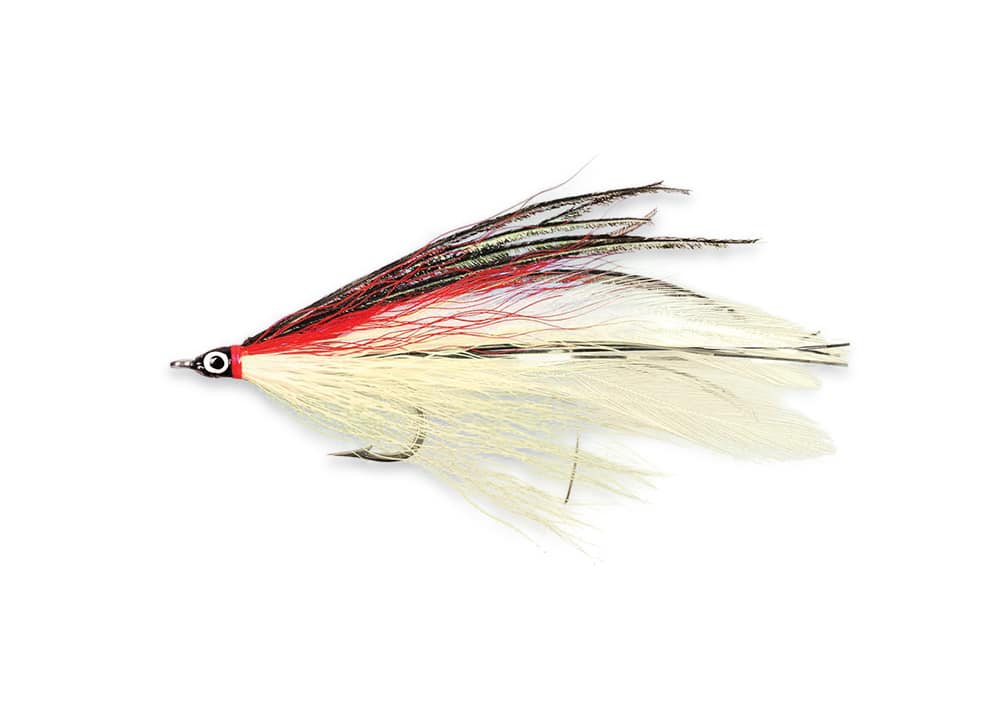
“When we find fish or mark bait, I’ll dump over the chum bucket to keep their attention,” he says. Bowman times his day to make the most of the conditions. “Sometimes I’ll start with Plan B,” he laughs. Bowman likes early-morning, calm conditions for inshore species, and rougher, windier conditions with high sun to sight-cast for monster sharks. When all else fails, he goes to Plan C, heading into the backwater for sand bass and halibut on light spinning gear with a 1⁄4-ounce jig and scented soft plastic. “We’ll do whatever it takes to catch fish,” he says.
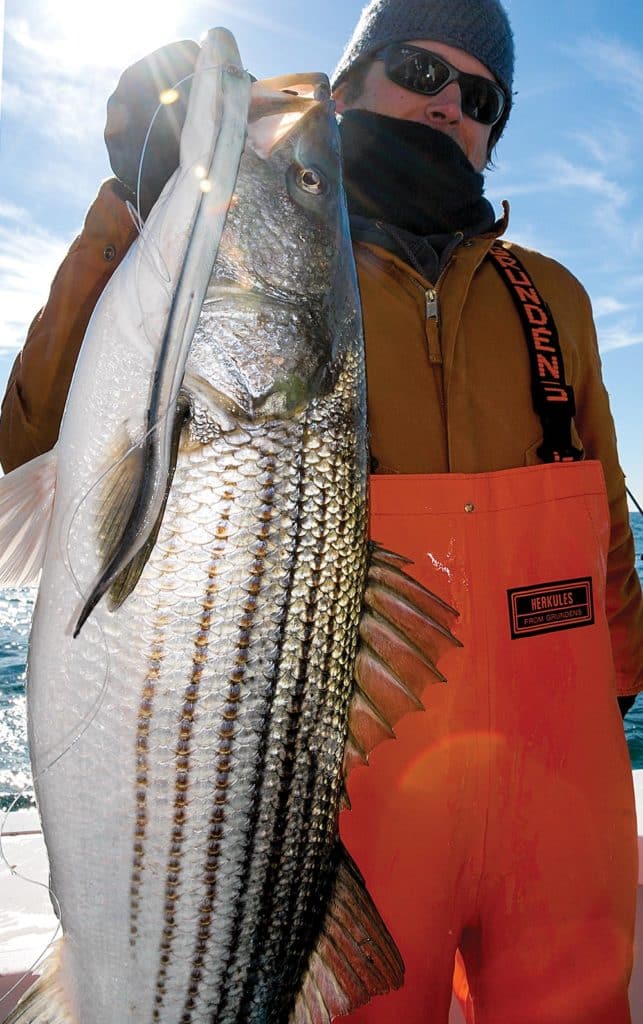
Bass Bust
While casting topwater lures to a school of feeding striped bass offers peak excitement, it isn’t always easy to locate a feeding frenzy in the open ocean.
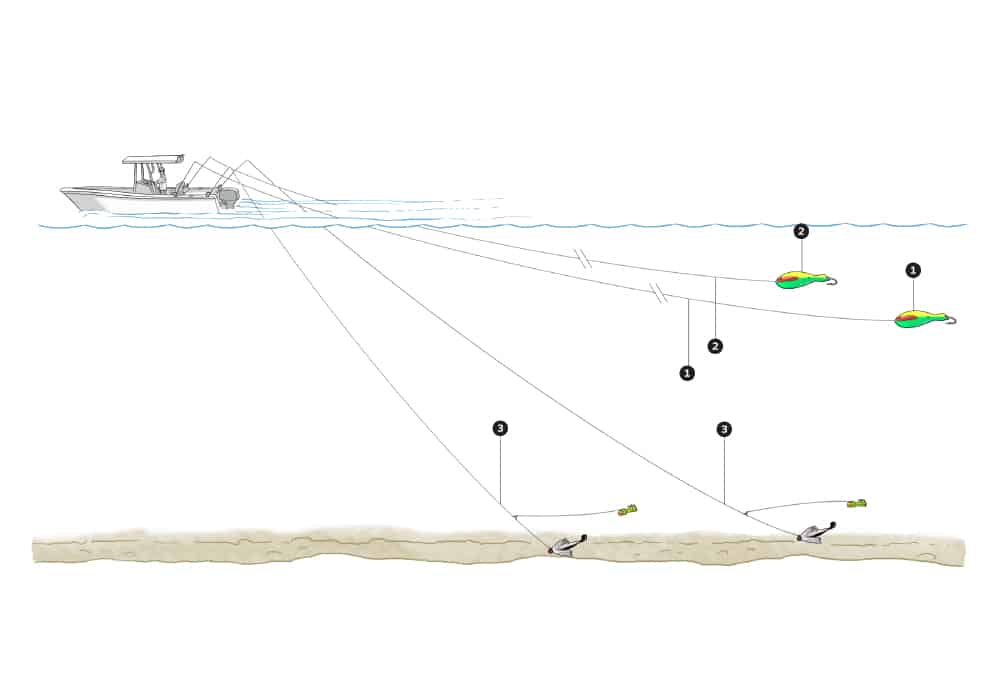
“Finding the fish in their natural predator mode is always Plan A,” says Capt. Gene Quigley out of Manasquan Inlet, New Jersey. Problem is, Plan A isn’t always on the striper’s schedule. “I spend most of my day reading the bunker schools,” Quigley says. If he doesn’t find a surface party, he switches to live bunker. “Since I added a side-imaging sonar, I see bass hanging around the bait schools,” he says. With any luck, Quigley will have a baitwell full of bunker previously caught with a cast net. He rigs the bait on a 12/0 circle hook and casts into the school. If he doesn’t have live bait, he turns to snag-and-drop. Quigley ties on a weighted 12/0 treble hook and snags a bunker out of the school. Then he lets the bunker drop through the water to the striped bass feeding below. On the toughest days, when the bait holds deep and the bass are scattered, Quigley goes to trolling big spoons with lead-core line. “Trolling is the best way to cover a lot of water and put meat in the box,” he says. He uses 30-pound trolling tackle spooled with wire or lead-core line to pull a 12-inch, metal spoon. Recently, in addition to the spoons, he started pulling a heavy tandem parachute jig rig called a Mojo. With an 18- to 24-ounce jig on the bottom and an 8- to 12-ounce trailer, Quigley fishes the Mojo off the transom where they bounce along the bottom. “The spoons will be 300 to 350 feet from the boat, and the Mojos are directly below the boat,” he says.









